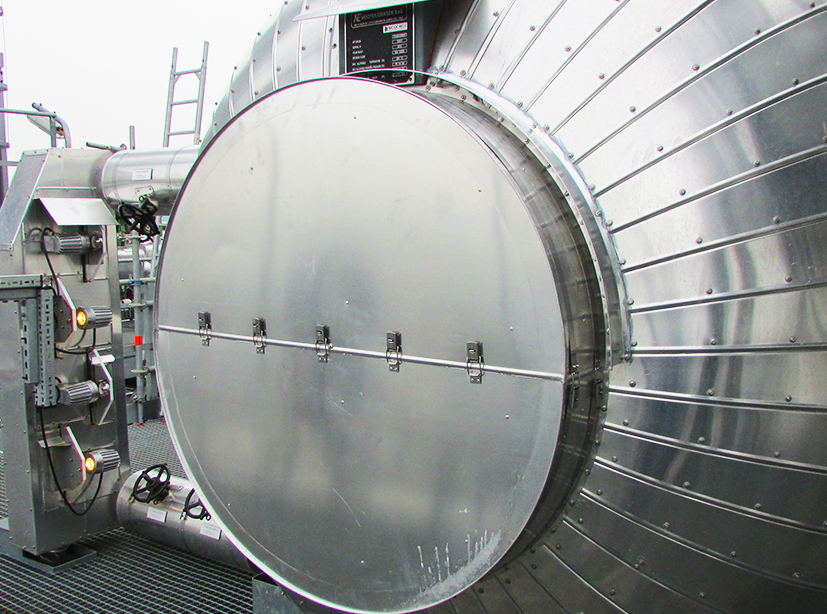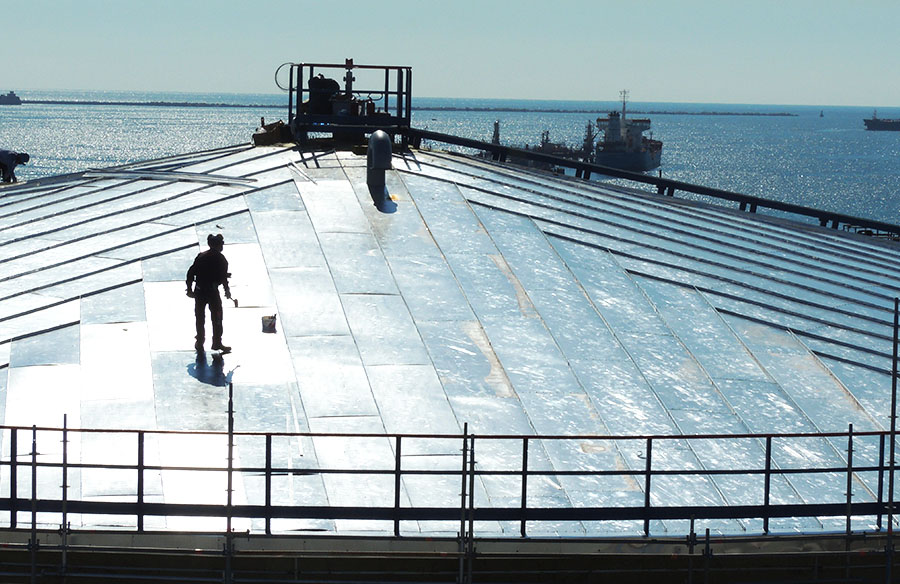Insulation and Energy Efficiency
industrial insulation is one of the best available cost-effective proven technologies to improve energy efficiency and environmental sustainability
Interest in improving energy efficiency is increasing at corporate, local, national and international levels around the world. The European Union has already taken several important measures in many important sectors such as construction, transport and energy production, but recent studies underline that there is still a significant amount of energy wasted during the daily exercise of industrial plants due to insufficient, undersized or even absent insulation. Industrial thermal insulation potential is currently untapped not only at governmental level but also from the industrial sector itself despite being cost-effective to implement.

Insulation
Insulation is a technical installation that allows to isolate – at a thermal, acoustic or thermoacoustic level – two systems with different environmental conditions. The insulating material – e.g. rock wool, glass wool, … – is interposed between the two parts and prevents the exchange of heat (thermal insulation), or the exchange of vibrations (acoustic insulation).

Energy saving + CO2 emissions reduction
The installation of the insulation clearly plays a very important role in industrial processes, and what is often underestimated is that the insulation not only acts as an insulator but assuring energy conservation considerably reduces the possibility of heat losses ensuring therefore substantial energy savings and CO2 emissions reduction. There is a significant potential for energy savings and CO2 mitigation by improving thermal insulation in industrial installations.
Climate Protection with Rapid Economic Recovery
Study commissioned by the EiiF, the European Industrial Insulation Foundation, and conducted by Ecofys, an esteemed consulting agency in renewable energy and energy efficiency. The results of the survey have shown that efficient thermal insulation, carried out with a “cost-effective insulation” with a payback average less than 1/2 years leads to:
- An annual potential savings of about 3.5 billion euros
- A reduction in CO2 emissions of the equivalent of 18 million cars
Harnessing the Potential of Industrial Insulation: Survey of 180 TIPCHECK Audits
Published in 2016, it collects 180 TIPCHECKs data on industrial plants, mainly in the European Union. The calculated total amounts to:
- Annual energy saving potential estimated at 750,000 MWh / year (2.7 PJ / year)
- CO2 emissions potential reduction of more than 500,000 t (the equivalent of 110,000 cars annual emissions)
- Savings potential of 23.5 million euros
Latest figures on the cost and energy savings potential of industrial insulation in 8 European countries
Energy efficiency in developed and developing countries can be improved considerably by applying industrial insulation, a mature and well proven technology.
